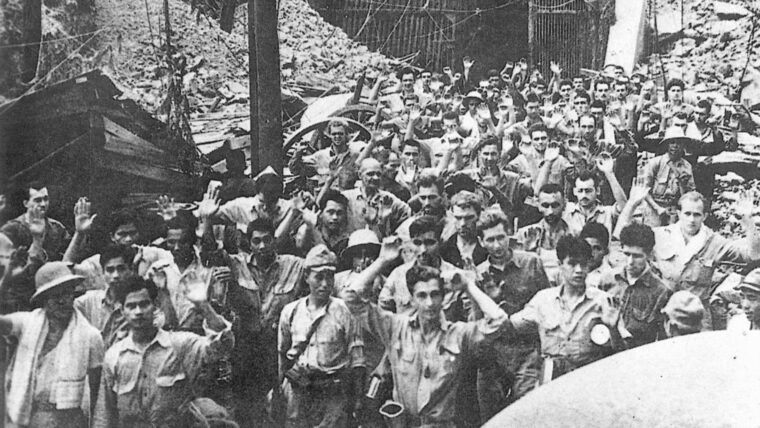
Pacific Theater
William Nolan: Remembering the Bataan Death March
By John WukovitsStaff Sergeant William Nolan dared not raise his hopes this August day in 1945, but something unusual was unfolding. Read more
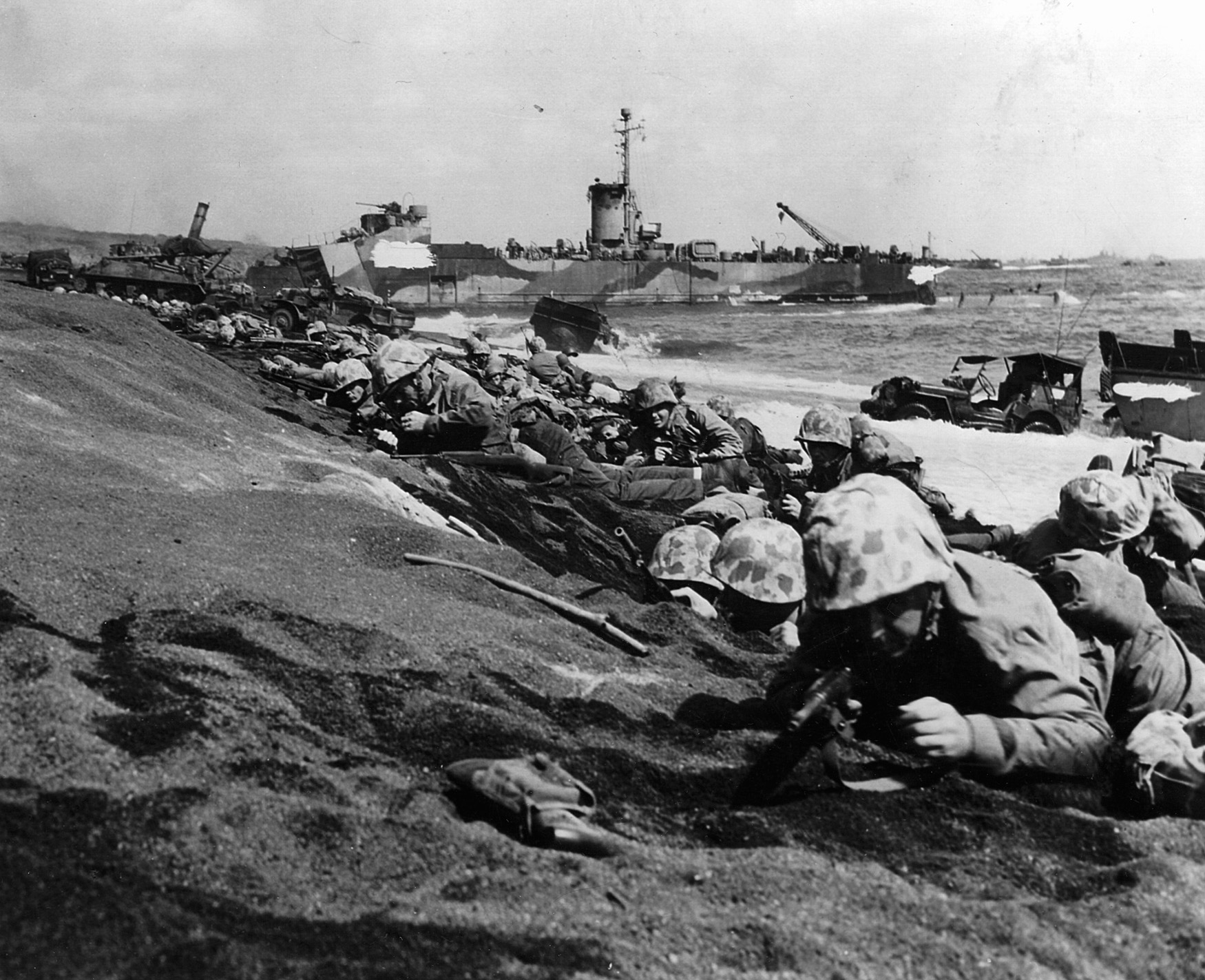
The Pacific Theater during World War II is generally regarded as the area of military confrontation between the Allied powers and Imperial Japan. The Pacific Theater consists of the entire operational expanse of the war from the Aleutian Islands in the north to Australia in the south, including island chains such as the Solomons, Gilberts, Marshalls, and Marianas. The China-Burma-India (CBI) Theater is also considered a major component of the Pacific Theater.

Pacific Theater
Staff Sergeant William Nolan dared not raise his hopes this August day in 1945, but something unusual was unfolding. Read more
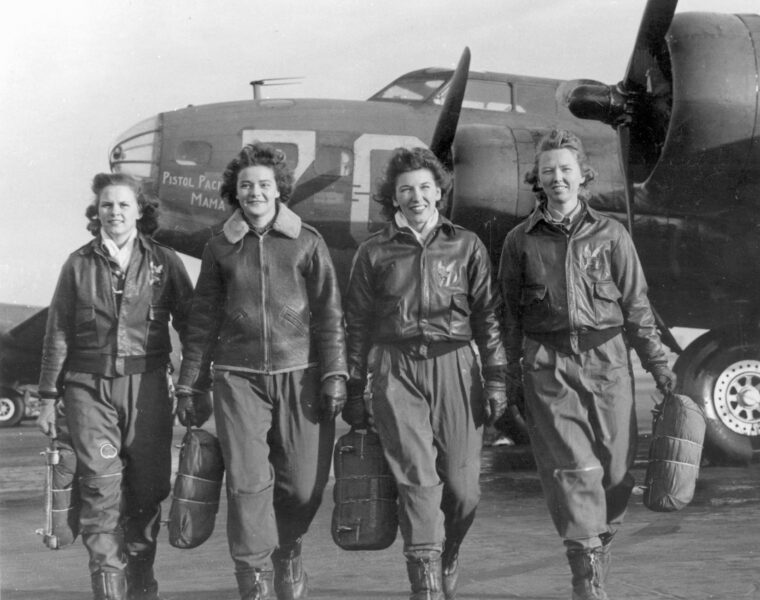
Pacific Theater
On September 28, 1939, the day after Warsaw fell to the German Army, American aviatrix Jacqueline Cochran sat down and wrote a letter to First Lady Eleanor Roosevelt. Read more
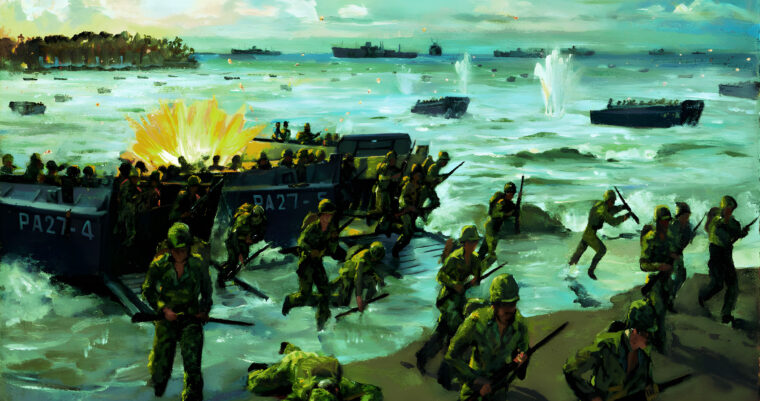
Pacific Theater
Peering through his binoculars, Vice Adm. Chuichi Nagumo was in awe of the nearly 800 ships from Vice Adm. Read more
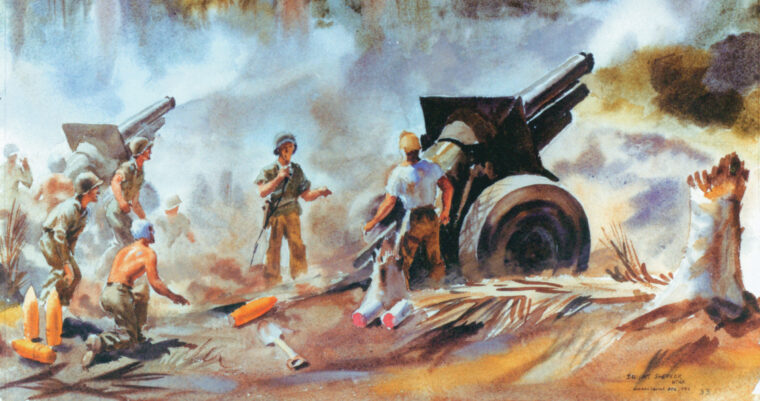
Pacific Theater
Crouched in their foxholes along Edson’s Ridge on Guadalcanal in the Solomon Islands, the Marines formed a critical but thin defense line between strategic Henderson Field and seasoned Japanese infantry lurking in the jungle. Read more
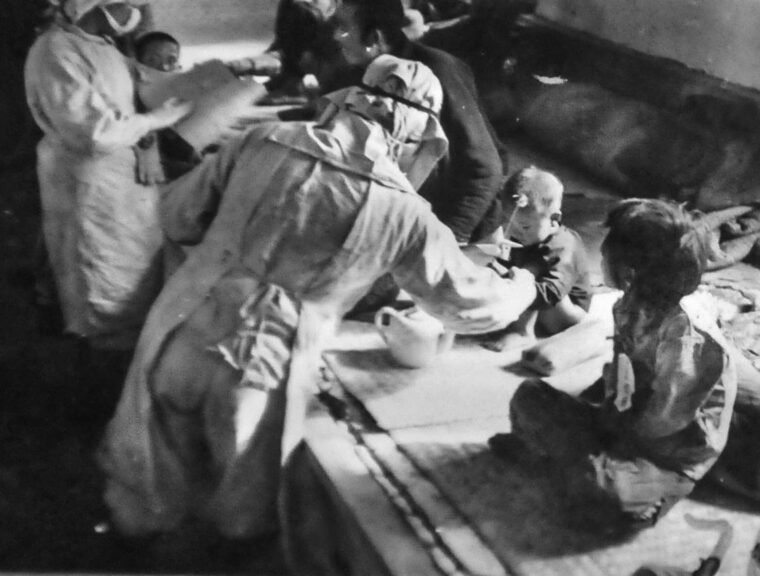
Pacific Theater
Confronted with war, some men seem capable of assuming almost any evil. Such were the actions of General Shiro Ishii and the men of his Manchuko Unit 731, which developed means of biological warfare in the 1930s and ’40s. Read more
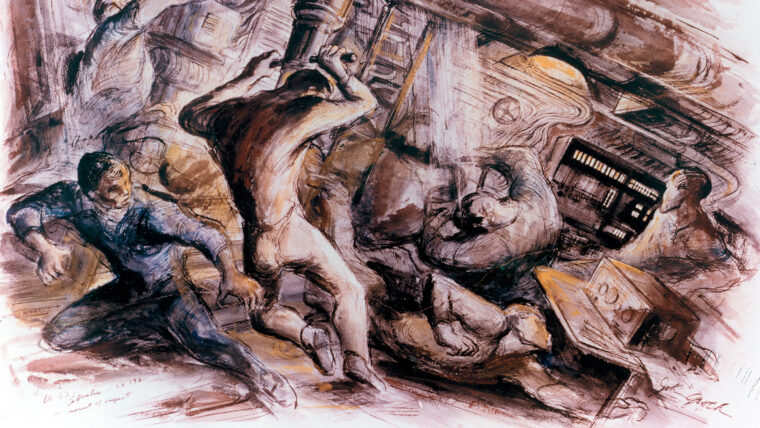
Pacific Theater
On September 14, 1938, fleet submarine USS Squalus (SS-192) was launched at the Portsmouth Naval Shipyard in Kittery, Maine. Read more
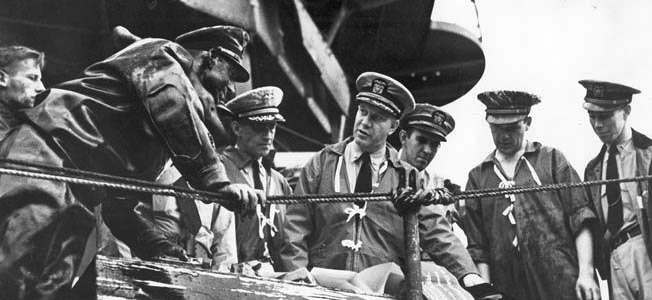
Pacific Theater
The Pearl Harbor aftermath presented the U.S. Navy with a sobering question: how to recover? More than 2,000 men had died. Read more
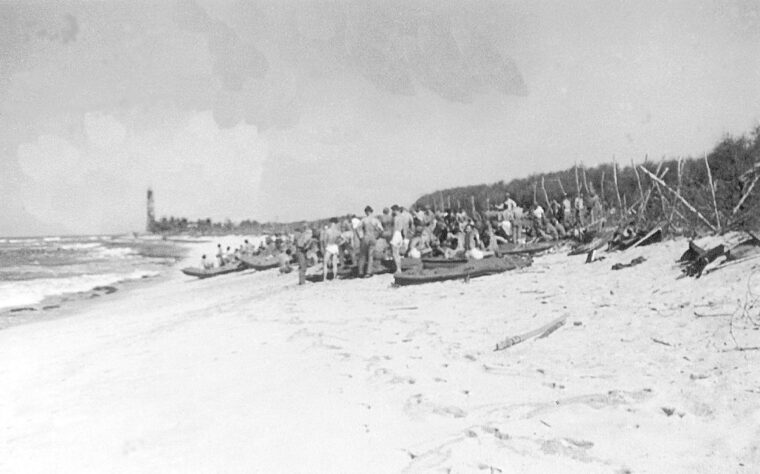
Pacific Theater
One of America’s earliest heroes in World War II was the tall, soft-spoken son of a Connecticut Congregational minister who distinguished himself in some of the fiercest fighting in the South Pacific. Read more
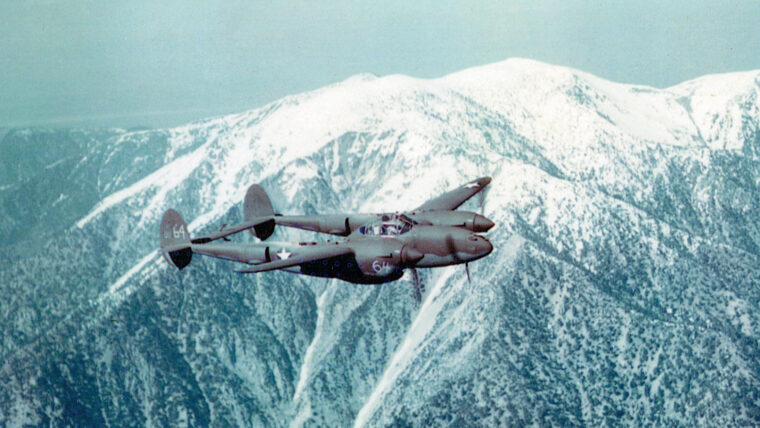
Pacific Theater
Due largely to their use in the postwar U.S. Army Air Forces and present proliferation among the air show community, the North American P-51 Mustang is thought of by many as the most important American fighter of World War II. Read more
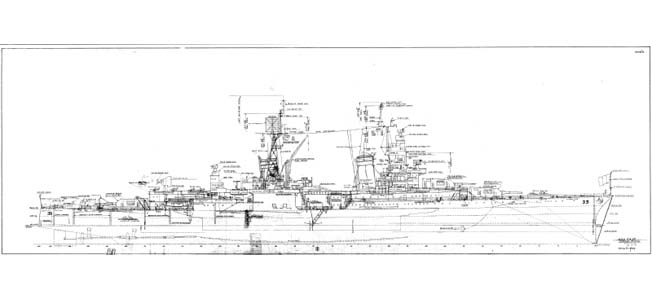
Pacific Theater
On July 16, 1945, the heavy cruiser USS Indianapolis, commanded by Captain Charles McVay III, steamed out of San Francisco, Calif. Read more
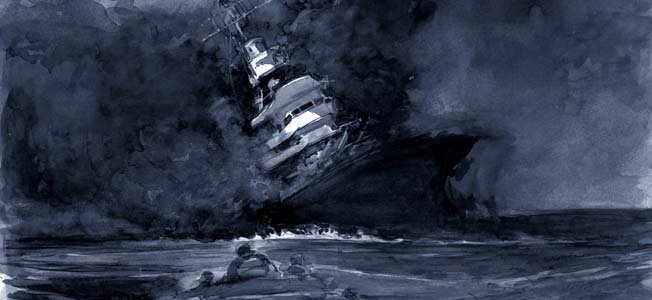
Pacific Theater
The story of the sinking of the USS Indianapolis minutes after midnight on August 30, 1945, by torpedoes fired from the Japanese submarine I-58, remains one of the most publicized tragedies of World War II. Read more
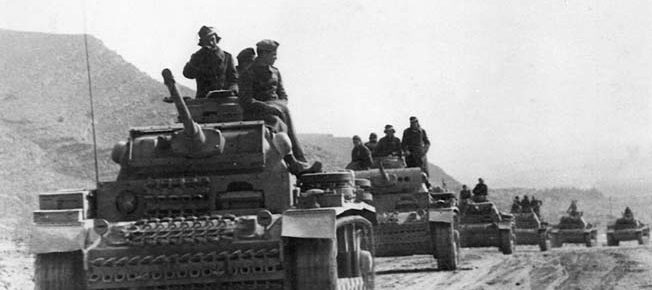
Pacific Theater
The Allied decision to invade North Africa, codenamed Operation Torch, was reached in the summer of 1942 after lengthy—and sometimes bitter—arguments between interested parties. Read more
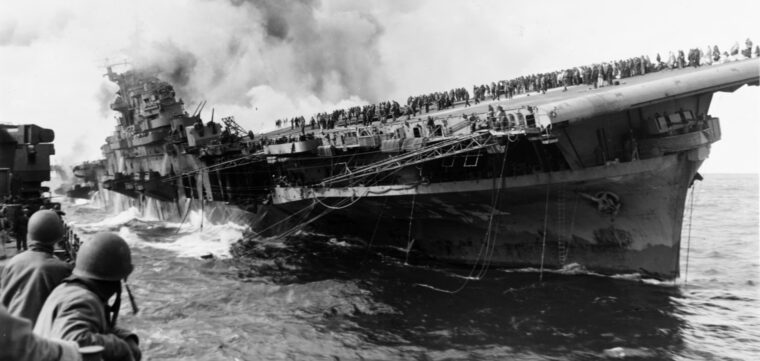
Pacific Theater
The USS Franklin was not a lucky ship. In March 1945, off the Japanese mainland, the Essex-class aircraft carrier was hit by two 550-pound bombs that struck her flight deck and penetrated into the hangar deck. Read more
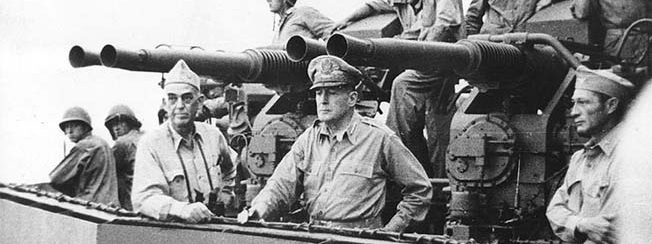
Pacific Theater
The USS Phoenix fought under two flags during her 44-year career. She gained initial prominence as a United States ship during World War II and concluded her career as an Argentinian combat casualty in the Falklands War of 1982. Read more
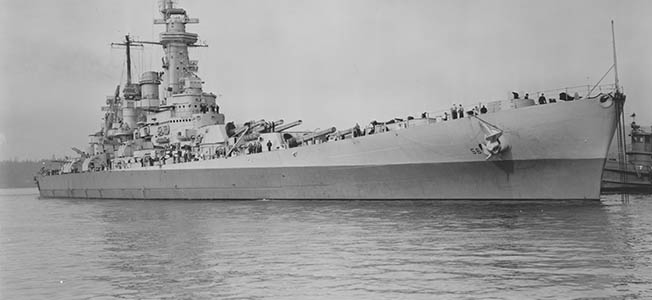
Pacific Theater
Prior to American entrance into World War II, the USS Washington battleship’s initial assignment was escorting supply ships between England and Russia in support of the Lend Lease Act. Read more
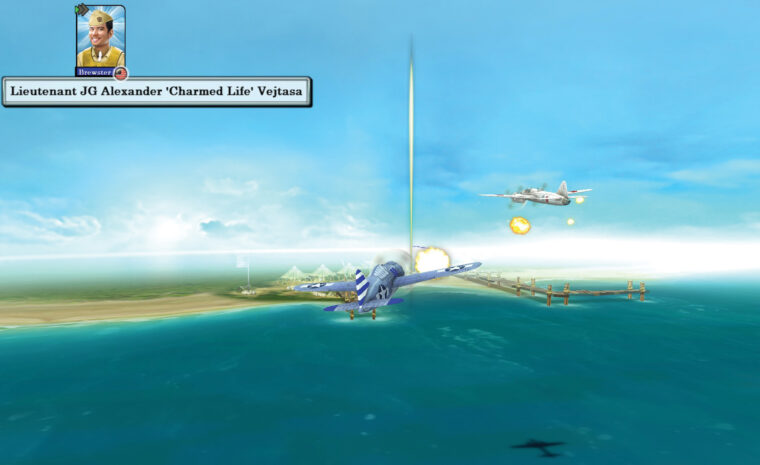
Pacific Theater
It wasn’t too long ago after players took their first test flights on Ace Patrol that Sid Meier’s team came out with Pacific Skies. Read more
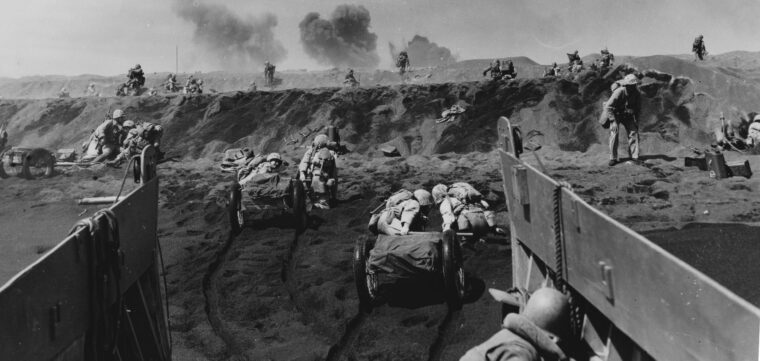
Pacific Theater
On February 19, 1945, thousands of American Marines hit the beaches on the Volcano Islands in the Pacific, starting what we call today the Battle of Iwo Jima. Read more
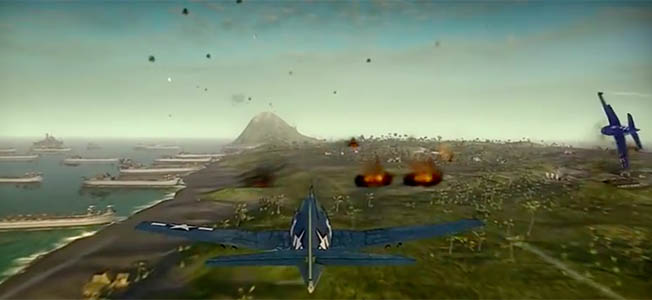
Pacific Theater
Options for World War II-related gaming run pretty thick if you do the majority of it on PC. Read more
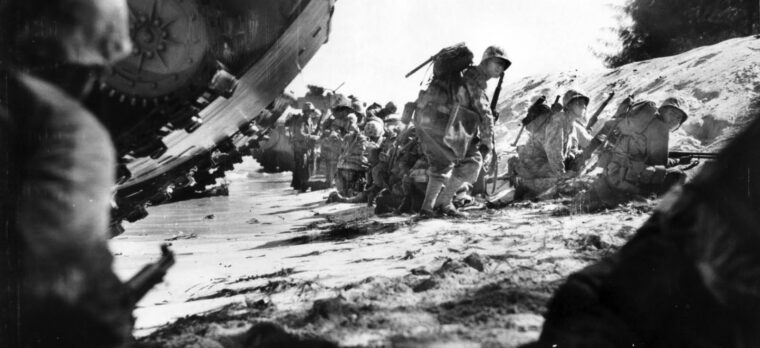
Pacific Theater
Many vestiges of World War II in the Pacific linger, denying the ravages of time.
The battleship USS Missouri, where the war ended nearly 70 years ago, remains as a floating monument and museum at Pearl Harbor in Hawaii. Read more
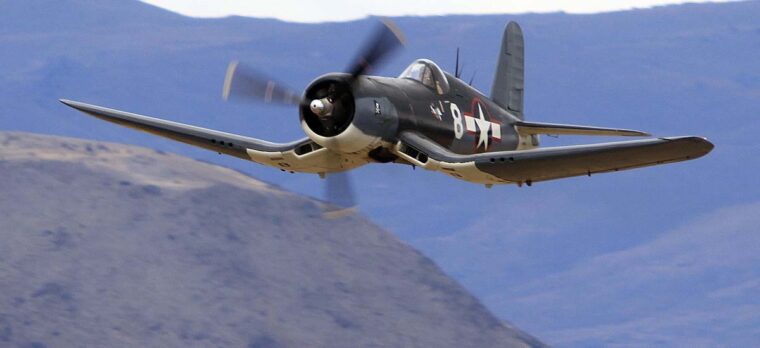
Pacific Theater
The Battle of Okinawa raged not only on the island itself but in the skies overhead. Japanese aircraft attacked the invading Americans not only through conventional bombing attacks but also by using the dreaded Kamikaze—suicide pilots who turned their planes into guided missiles to inflict more damage. Read more